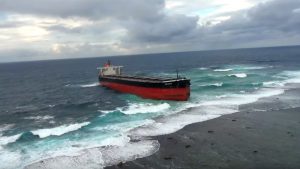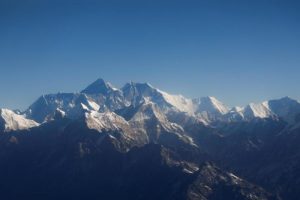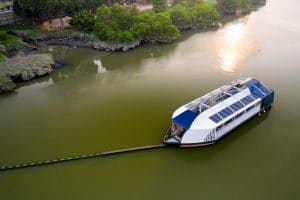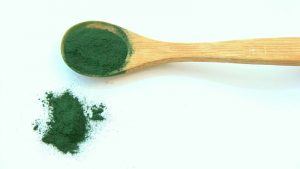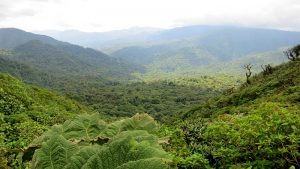Over 100 tons of waste no longer populate marine waters. They have now found a place at a number of collection and recycling centers.
The Ocean Voyages Institute accomplished this monumental task, carrying out a 48-day expedition with the ship “Kwai” which ended in June. It’s a new record.
“I am so proud of our hard working crew,” says Mary Crowley, founder and executive director of Ocean Voyages Institute. “We exceeded our goal of capturing 100 tons of toxic consumer plastics and derelict ‘ghost’ nets, and in these challenging times, we are continuing to helprestore the health of our ocean, which influences our own health and the health of the planet.”Crowley adds: “The oceans can’t wait for these nets and debris to break down into microplastics which impair the ocean’s ability to store carbon and toxify the fragile ocean food web.”
Known as the “Ghost Net Buster”, Mary Crowley is renowned for developing effective methods of removing significant quantities of plastics from the ocean. In 2019 she had already carried out two campaigns, one on the plastic island, the other in the waters surrounding the Hawaiian islands, managing to remove 48 tons of waste.
Thanks to the use of satellite systems that track debris present at sea, the Ocean Voyages Institute is helping to reduce marine pollution in one of the most critical areas, the so-called Pacific Gyre, the plastic island located halfway between Hawaii and California. It is the largest plastic island in the world, whose dimensions are unfortunately not even easy to estimate: they could vary from 700,000 km² to more than 10 million!
“There is no cure-all solution to ocean clean-up: It is the long days at sea, with dedicated crew scanning the horizon, grappling nets, and retrieving huge amounts of trash, that makes it happen,” says Locky MacLean, a former director at Sea Shepherd and ocean campaigner in marine conservation for two decades.
The team explains that the solutions adopted by the OVI are scalable so they could also be used elsewhere. The team also aims to triple the amount of research vessels in the North Pacific in 2021:
“We are aiming to expand to other parts of the world desperately needing efficient clean-up technologies.”Crowley adds: “There is no doubt in my mind that our work is making the oceans healthier for the planet and safer for marine wildlife, as these nets will never again entangle or harm a whale, dolphin, turtle or reefs.”

